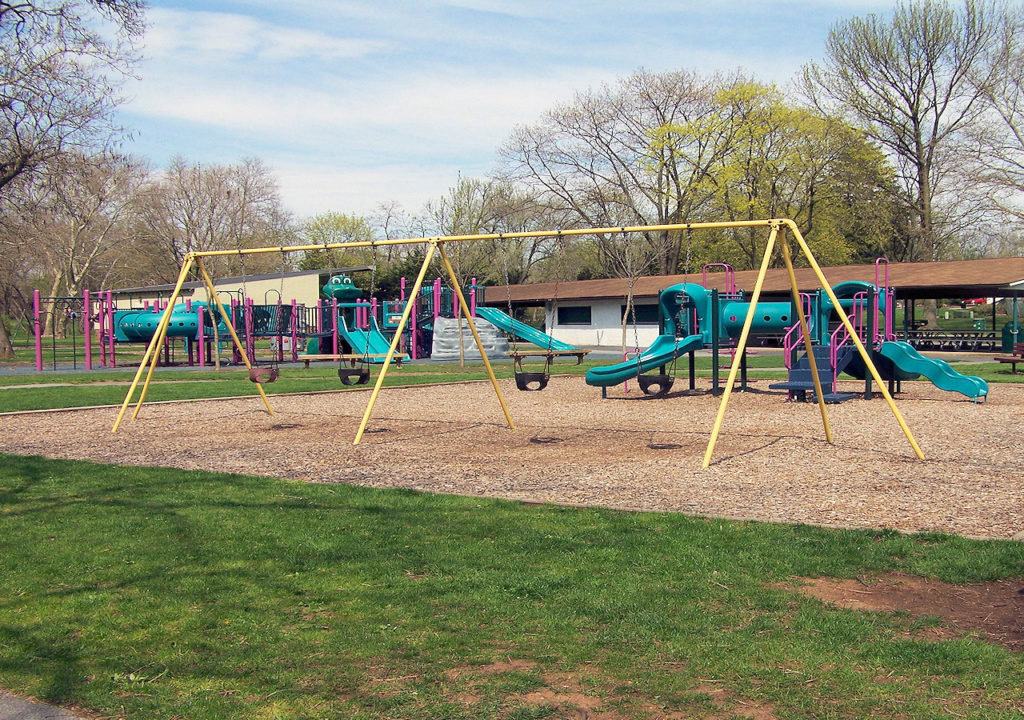by Richard Sweetman
In the recent case of Fuentes-Espinoza v. People, 2017 CO 98, 408 P.3d 445, the Colorado Supreme Court overturned the convictions of a man who violated Colorado’s law against smuggling human beings (§ 18-13-128, C.R.S.) because it determined that federal law preempts the Colorado law. The case explains preemption jurisprudence and the circumstances under which a court may find that federal law preempts state law.
Background
In 2007, Bernadino Fuentes-Espinoza was arrested in Wheat Ridge, Colorado, after attempting to pass a counterfeit $100 bill to a gas station attendant. When police arrived, they discovered that Fuentes-Espinoza was driving a van full of people, two of whom fled and were not apprehended. It was later determined that Fuentes-Espinoza was transporting the passengers from Arizona to Kansas in exchange for $500. He was charged with, and later convicted of, seven counts of human smuggling in violation of § 18-13-128, C.R.S. (He was acquitted of one count of forgery for passing the counterfeit bill.)
The General Assembly enacted § 18-13-128, C.R.S., in 2006. It provides that a person commits a class 3 felony “if, for the purpose of assisting another person to enter, remain in, or travel through the United States or the state of Colorado in violation of immigration laws, he or she provides or agrees to provide transportation to that person in exchange for money or any other thing of value.”
Fuentes-Espinoza appealed his convictions, arguing that the federal “Immigration and Nationality Act”, 8 U.S.C. sec. 1101-1537 (2017) (INA) preempts § 18-13-128, C.R.S. The Colorado Court of Appeals rejected the preemption argument, concluding that Fuentes-Espinoza could not raise it on appeal because he had not raised it before the trial court. However, the Colorado Supreme Court chose to exercise its discretion to review the argument, and it agreed with Fuentes-Espinoza that the INA preempts § 18-13-128, C.R.S. Accordingly, the Court reversed the convictions on all counts.
Analysis
The Colorado Supreme Court began its analysis by noting that the U.S. Supreme Court recognizes three forms of federal preemption: Express, field, and conflict preemption.
Express preemption occurs when Congress “withdraw[s] specified powers from the States by enacting a statute containing an express preemption provision” (quoting Arizona v. United States, 567 U.S. 387, 399 (2012).
Field preemption occurs when “the States are precluded from regulating conduct in a field that Congress, acting within its proper authority, has determined must be regulated by its exclusive governance.” Id. Congress’s intent to preempt a particular field may be inferred “from a framework of regulation ‘so pervasive . . . that Congress left no room for the States to supplement it’ or where there is a ‘federal interest . . . so dominant that the federal system will be assumed to preclude enforcement of state laws on the same subject.’” Id. (quoting Rice v. Santa Fe Elevator Corp., 331 U.S. 218, 230 (1947)).
Conflict preemption occurs when a state law conflicts with a federal law. Such a conflict exists (1) when compliance with both federal and state law is physically impossible and (2) in “those instances where the challenged state law ‘stands as an obstacle to the accomplishment and execution of the full purposes and objectives of Congress.’” Id. (quoting Hines v. Davidowitz, 312 U.S. 52, 67 (1941)).
In Fuentes-Espinoza’s case, the Court found that Colorado’s human smuggling law is preempted under the doctrines of both field and conflict preemption.
As to field preemption, the Court found that the comprehensive nature of the INA demonstrates Congress’s intent to “maintain a uniform, federally regulated framework for criminalizing and regulating the transportation, concealment, and inducement of unlawfully present aliens, and this framework is so pervasive that it has left no room for the states to supplement it.”
As to conflict preemption, the Court found that Colorado’s human smuggling law “stands as an obstacle to the accomplishment and execution of Congress’s purposes and objectives in enacting the INA” because the law (1) conflicts with the “careful calibration” of the INA’s penalty scheme and (2) “sweeps more broadly” than the INA by criminalizing a wider range of conduct. “In doing so,” said the Court, “the Colorado statute disrupts Congress’s objective of creating a uniform scheme of punishment because some human smuggling activities . . . are punishable in Colorado but not elsewhere.”
For more information, contact Richard Sweetman at (303) 866-4333.






